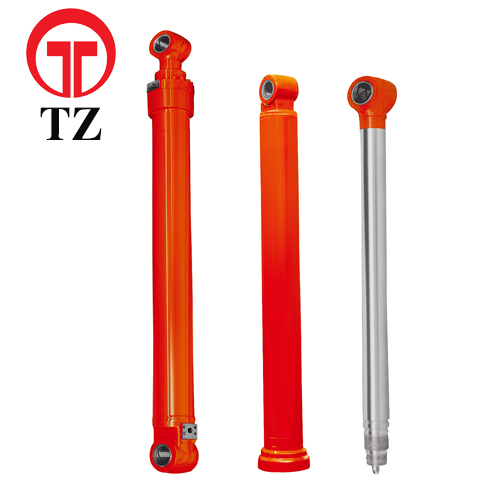Mini excavators are compact but powerful machines used for tasks like digging trenches, moving dirt and lifting objects. Hydraulic cylinders convert the high-pressure hydraulic fluid in these machines into precise motions and forces. The hydraulic cylinders that power mini excavator boom arms, bucket cylinders and swing systems require proper maintenance and replacement as needed to ensure optimal performance.
Types of Hydraulic Cylinders in Mini Excavators
- Boom cylinders – Located on the boom arms, these cylinders control the upward and downward movements of the arm. They allow the operator to raise and lower the bucket or attachment.
- Bucket cylinders – Attached directly to the bucket, bucket cylinders control the opening and closing motions used for digging and lifting. They grip and release material.
- Stick cylinders – On the dipper stick or extension arm beyond the boom, these control digging depth and the reach of the bucket or attachment.
- Swing cylinders – At the base of the upper structure, swing cylinders rotate the upper body or “house” of the mini excavator. They enable the operator to swing the machine from side to side.
All mini excavator hydraulic cylinder rely on high-pressure hydraulic fluid delivered by the excavator’s pump and valve system.
How Hydraulic Cylinders Work?
Each type of hydraulic cylinder contains:
- A cylinder tube or housing made of steel
- A piston inside the tube
- A piston rod that extends from the piston
Basınçlı hidrolik sıvı silindirin bir ucuna girdiğinde, it forces the piston to push the rod out. This extends the cylinder and moves the attached part – the boom arm, Kova, dipper stick or upper body. Fluid entering the other end retracts the rod and piston.
Choosing Replacement Hydraulic Cylinders
Several factors determine the right replacement hydraulic cylinder for your mini excavator:
- Rod length – Must match the stroke length needed for the application.
- Bore diameter – Corresponds to the cylinder size required based on the excavator model.
- Pressure rating – Must match or exceed the system’s hydraulic pressure.
- Material – Typically steel for strength and durability.
- Seals – Appropriate for the work environment and loads.
- Mounts – Fit existing mounting points on the excavator.
Look for aftermarket brands that offer heavy-duty cylinders designed for the rigors of construction work. Options with chrome plating, chrome rods and stainless steel parts provide better corrosion resistance.
Properly functioning hydraulic cylinders are essential for mini excavator efficiency, precision and control. Choosing the right replacement cylinders helps restore full performance capabilities and extend service life. Regular checks of cylinder components like rods, seals and hoses also help maximize uptime.

